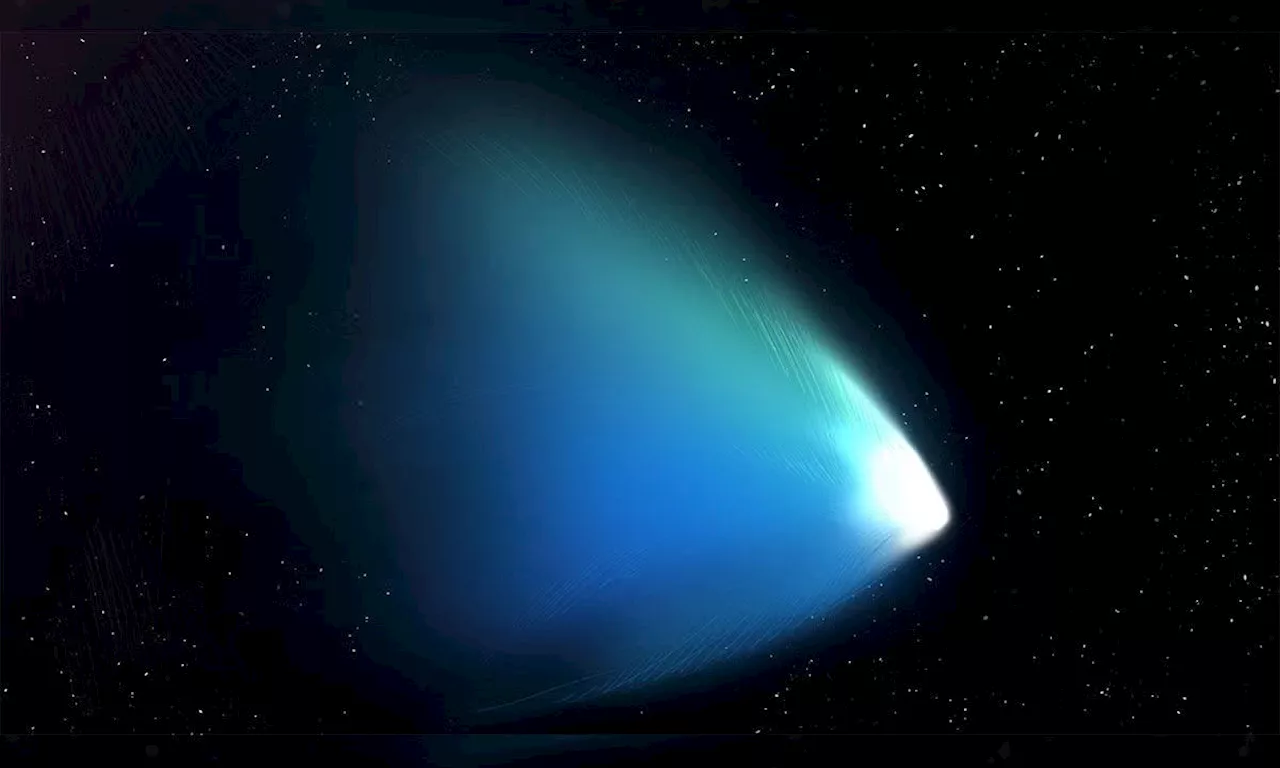New observations from the James Webb Space Telescope (JWST) provide scientists with a deeper understanding of (2060) Chiron, a hybrid space rock exhibiting characteristics of both comets and asteroids. The telescope detected frozen carbon dioxide and carbon monoxide in Chiron's icy nucleus, along with carbon dioxide and methane in its surrounding gas cloud. These findings could shed light on the formation and evolution of comets and centaurs, celestial bodies with properties of both asteroids and comets, offering insights into the early solar system.
New James Webb Space Telescope findings are giving scientists a fresh look at an"oddball" space rock that has features similar to both comets and asteroids.
Discovered in 1977, Chiron orbits the sun about once every 50 years, traveling in an oblong loop in the region between Jupiter and Neptune. In the new study, published Dec. 18 in the journal Astronomy and Astrophysics, researchers described their observation of the centaur on July 12, 2023 at a range of more than 18 times the distance from Earth to the sun.The team found carbon dioxide and methane gases in Chiron's coma, the cloud of gas and dust around the nucleus.
Sign up for the Live Science daily newsletter nowGet the world’s most fascinating discoveries delivered straight to your inbox.
Space Telescope Asteroid Comet Centaur Solar System
United States Latest News, United States Headlines
Similar News:You can also read news stories similar to this one that we have collected from other news sources.
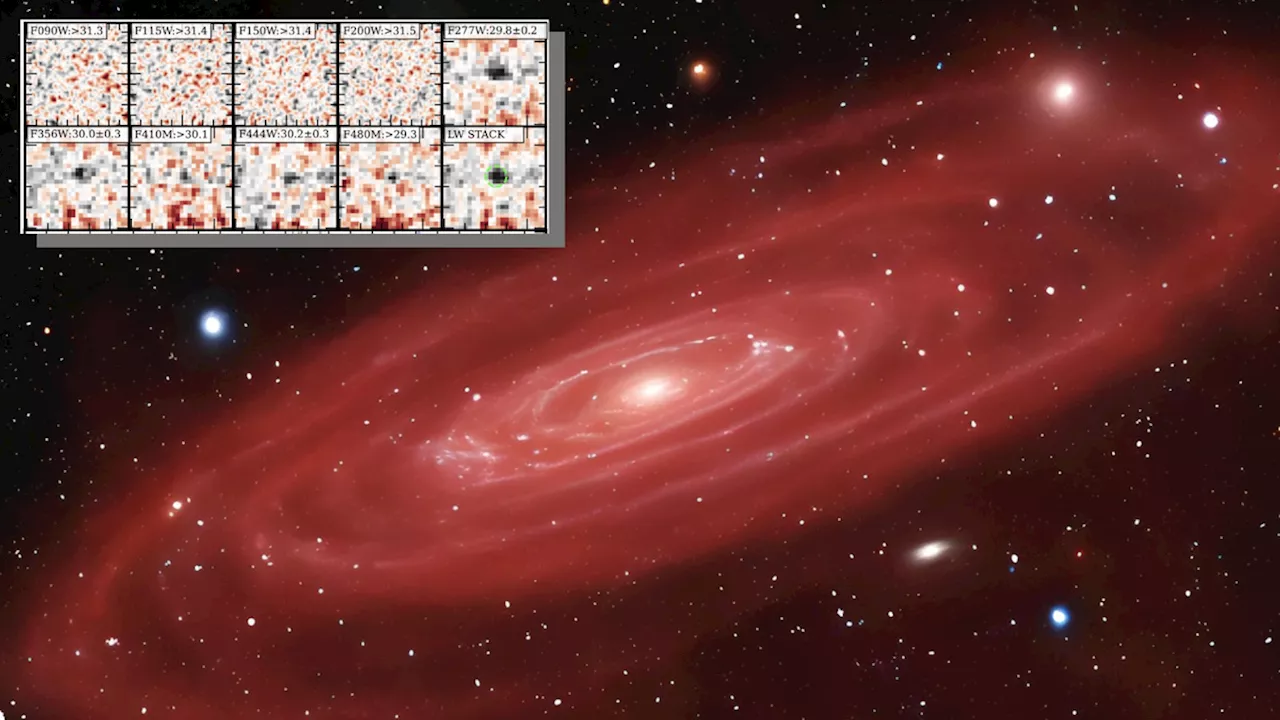 James Webb Space Telescope 'pushed to its limits' to see most distant galaxies everRobert Lea is a science journalist in the U.K. whose articles have been published in Physics World, New Scientist, Astronomy Magazine, All About Space, Newsweek and ZME Science. He also writes about science communication for Elsevier and the European Journal of Physics. Rob holds a bachelor of science degree in physics and astronomy from the U.K.
James Webb Space Telescope 'pushed to its limits' to see most distant galaxies everRobert Lea is a science journalist in the U.K. whose articles have been published in Physics World, New Scientist, Astronomy Magazine, All About Space, Newsweek and ZME Science. He also writes about science communication for Elsevier and the European Journal of Physics. Rob holds a bachelor of science degree in physics and astronomy from the U.K.
Read more »
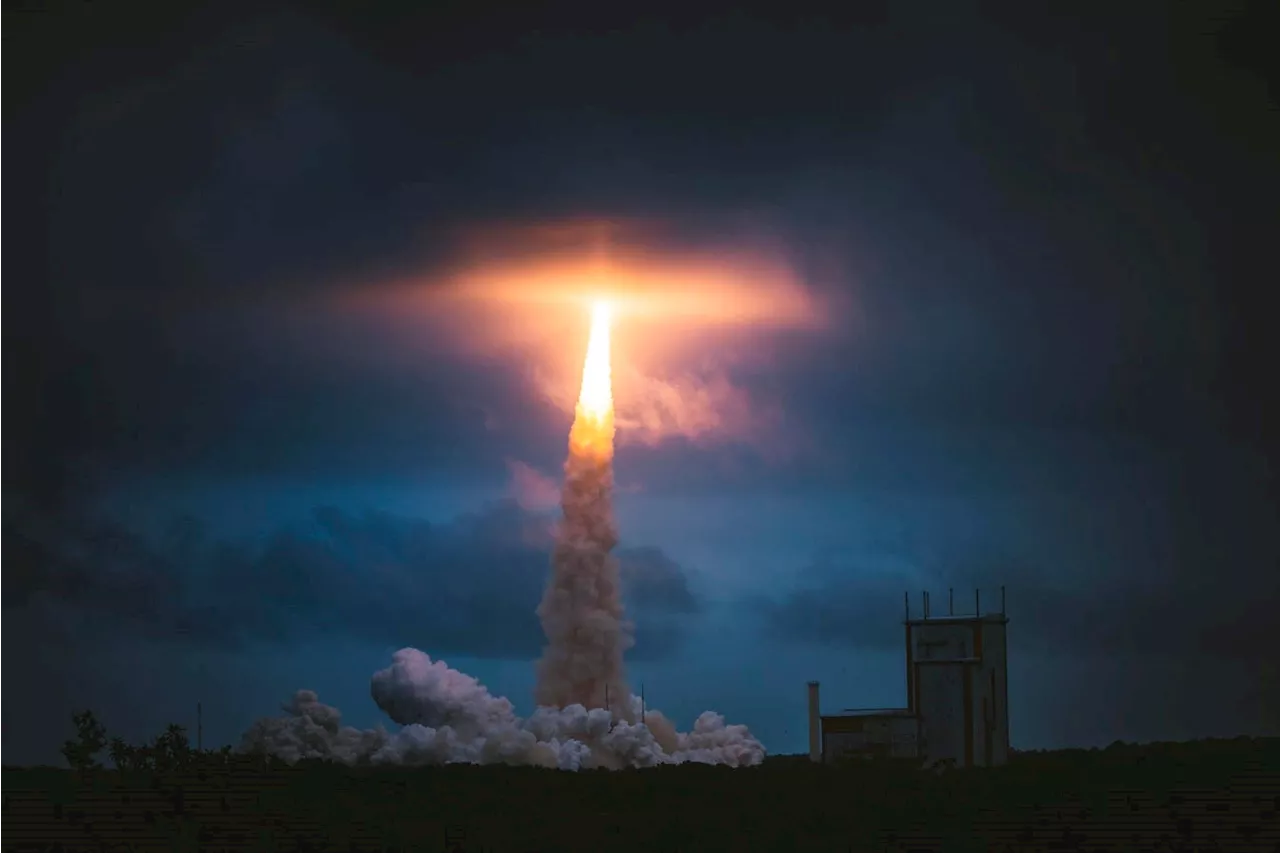 Review Of Infinite Cosmos: Visions From The James Webb Space TelescopeI value storytelling, narrative depth, and plain language.
Review Of Infinite Cosmos: Visions From The James Webb Space TelescopeI value storytelling, narrative depth, and plain language.
Read more »
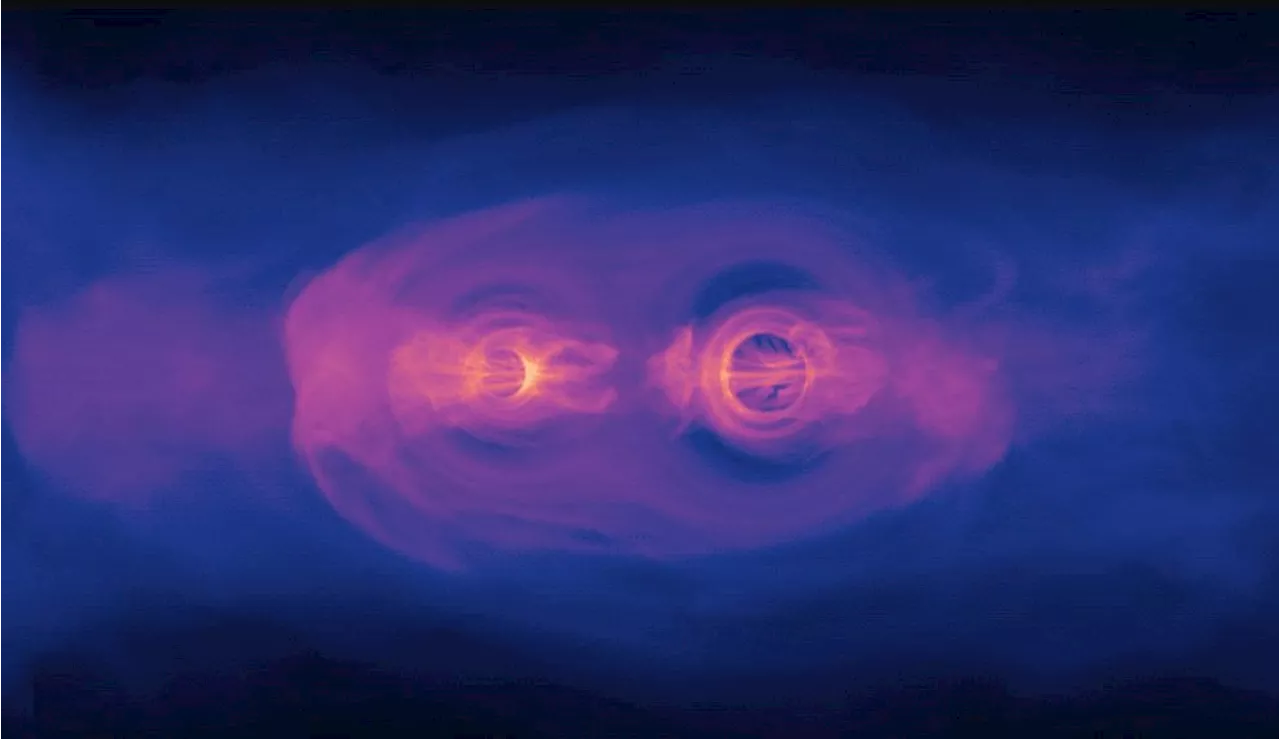 'Impossible' black holes discovered by the James Webb Space Telescope may finally have an explanationPaul M. Sutter is an astrophysicist at SUNY Stony Brook and the Flatiron Institute in New York City.
'Impossible' black holes discovered by the James Webb Space Telescope may finally have an explanationPaul M. Sutter is an astrophysicist at SUNY Stony Brook and the Flatiron Institute in New York City.
Read more »
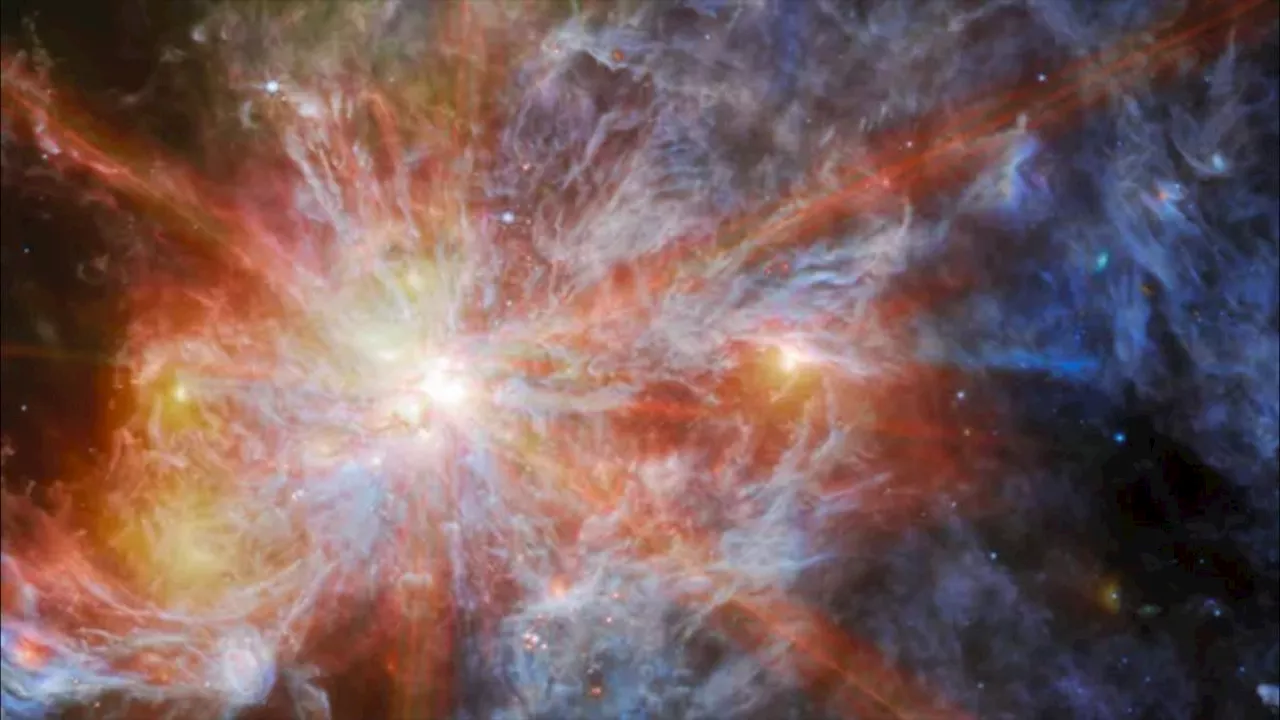 James Webb Space Telescope smashes its own record to find the earliest galaxies that ever existedBen Turner is a U.K. based staff writer at Live Science. He covers physics and astronomy, among other topics like tech and climate change. He graduated from University College London with a degree in particle physics before training as a journalist.
James Webb Space Telescope smashes its own record to find the earliest galaxies that ever existedBen Turner is a U.K. based staff writer at Live Science. He covers physics and astronomy, among other topics like tech and climate change. He graduated from University College London with a degree in particle physics before training as a journalist.
Read more »
 New planet in Kepler-51 system discovered using James Webb Space TelescopeAn unusual planetary system with three known ultra-low density 'super-puff' planets has at least one more planet, according to new observations.
New planet in Kepler-51 system discovered using James Webb Space TelescopeAn unusual planetary system with three known ultra-low density 'super-puff' planets has at least one more planet, according to new observations.
Read more »
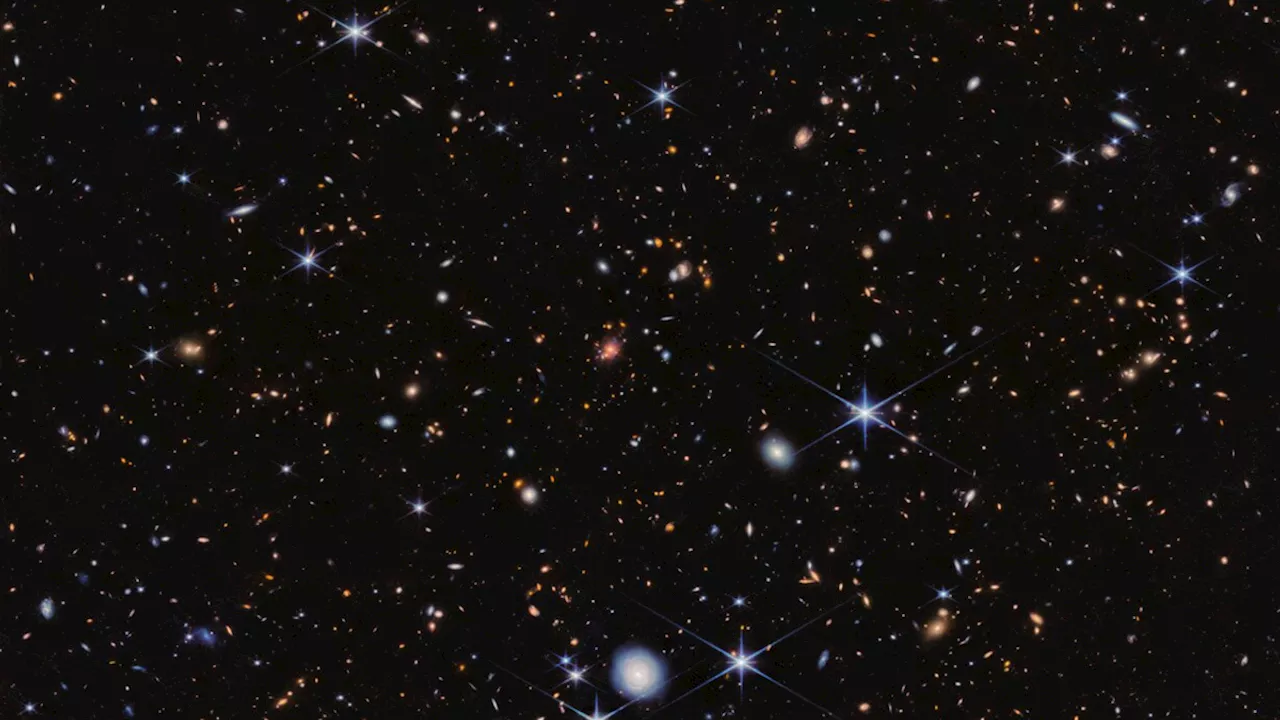 Spiderweb protocluster is filled with baby galaxies, James Webb Space Telescope reveals (image)Robert Lea is a science journalist in the U.K. whose articles have been published in Physics World, New Scientist, Astronomy Magazine, All About Space, Newsweek and ZME Science. He also writes about science communication for Elsevier and the European Journal of Physics. Rob holds a bachelor of science degree in physics and astronomy from the U.K.
Spiderweb protocluster is filled with baby galaxies, James Webb Space Telescope reveals (image)Robert Lea is a science journalist in the U.K. whose articles have been published in Physics World, New Scientist, Astronomy Magazine, All About Space, Newsweek and ZME Science. He also writes about science communication for Elsevier and the European Journal of Physics. Rob holds a bachelor of science degree in physics and astronomy from the U.K.
Read more »
